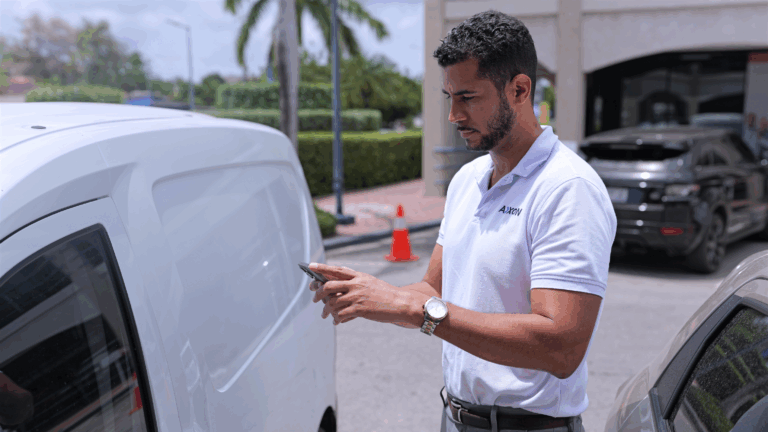Introducing Fleet Management Solutions To Your Team
We are aware of the uneasiness drivers may have towards these solutions and how it could be seen as impinging on their privacy.
However, the implementation of GPS trackers is a crucial step towards improving efficiency and accountability in fleet management.
In this blog we’ll go through some tips for managers looking to introduce GPS tracking, and Dash cams to their team.
Communicate the purpose
Most drivers tend to assume that their managers opted for GPS tracking systems and connected dash cams to know what they are doing and micromanage them throughout the day.
To most companies, the reason behind these solutions is not what their drivers are thinking. Such fleet management solutions offer more than just knowing the location of your team. As a matter of fact, with a complete solution managers don’t have to sit around monitoring their team. The automated reports and notifications these solutions offer are enough to maximize any operation’s productivity and minimize costs.
Explaining to drivers the reason behind your decision and all the benefits they as drivers and you as company will have are key for buy-in.
Address privacy concerns
Drivers may have several privacy concerns related to GPS tracking systems and connected dash cams, including location tracking, video recording, data storage and sharing, use of personal information, employee monitoring, and unjustified consequences.
For example, they may worry about who has access to the data collected by the GPS tracking systems and dash cams and how it will be stored and shared. They may also be concerned about how their personal information, such as their location and driving habits, will be used.
Additionally, they may view GPS tracking systems and dash cams as a tool for monitoring their work and behavior, which could create feelings of distrust and low morale. By understanding and addressing these privacy concerns, managers can help drivers feel more comfortable with the implementation of GPS tracking systems and connected dash cams, increasing buy-in and support for the technology.
Provide training
Take the time to educate the drivers on how the tracking system works and what information is collected. Explain how the data collected by GPS tracking systems and connected dash cams can significantly improve efficiency in several ways. For example, it can help optimize routes and reduce fuel consumption and travel time, improve driver safety through real-time monitoring of dangerous driving habits, enhance customer service with real-time delivery updates, and improve fleet management processes through the identification of inefficiencies.
The data can also be used for predictive maintenance, reducing downtime and improving vehicle reliability. By utilizing this data, managers can gain valuable insights and make improvements to their operations, leading to increased efficiency and improved performance.
Introduce driving behavior gamification
Driving behavior gamification is a method of improving driver performance and safety by applying gamification techniques to the driving experience. It involves providing drivers with real-time feedback and scores based on their driving behavior, which can be tracked using GPS tracking systems, and connected dash cams.
The goal of driving behavior gamification is to incentivize safe and efficient driving practices, such as reducing speeding, avoiding harsh braking, and accelerating smoothly. This approach can lead to improved road safety, reduced fuel consumption, and increased driver engagement, as drivers feel motivated to improve their driving scores and receive recognition for their efforts.
Seek feedback
Gathering feedback from drivers is crucial to the successful implementation of GPS tracking systems and dash cams. This can be done through a combination of surveys, one-on-one meetings, driver focus groups, and post-implementation evaluations.
Surveys can provide drivers with an opportunity to express their opinions on the technology and provide suggestions for improvement. One-on-one meetings can help address any individual concerns or misconceptions and provide clarification. Driver focus groups can identify common themes among drivers and provide a platform for discussion and collaboration.
Post-implementation evaluations can measure the impact of the technology on the work of drivers. By seeking feedback from drivers, managers can ensure that the implementation of GPS tracking systems and dash cams is well-received.
Successful Introduction
In conclusion, introducing fleet management solutions to a team can be a smooth process if approached with clear communication and full team involvement. Ensure everyone understands their role and responsibilities with the new technology and take employee feedback into consideration during each step.



